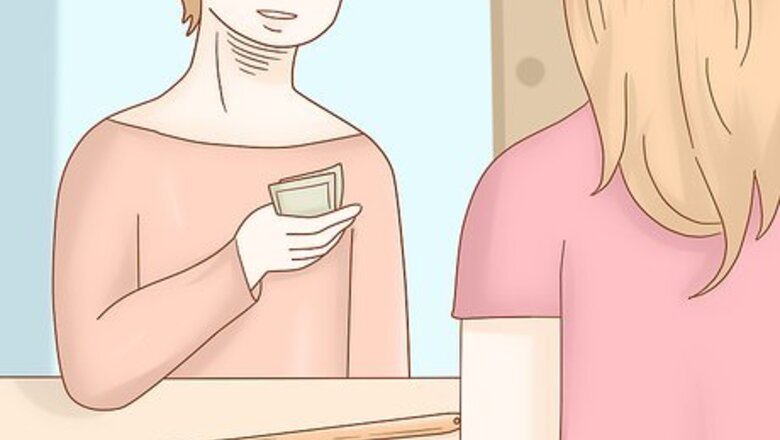
views
Making Use of Tools
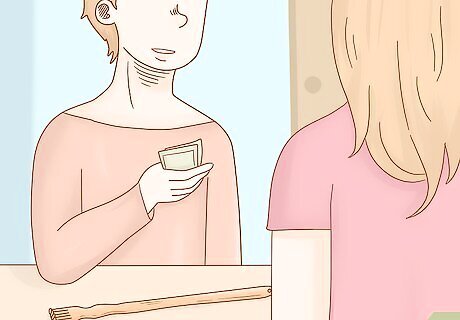
Buy a back scratcher. Many beauty salons, supermarkets, and cosmetic stores sell back scratchers. These are devices designed to help scratch hard-to-reach places on your back. They are usually long wooden rods with somewhat sharpened edges designed to alleviate itch. Depending on your type of back scratcher, you may want to avoid using it on bare skin. If your back scratcher has very sharp edges, for example, it may be harsh on bare skin. As with regular itching, avoid overusing your back scratcher. This can result in an itch worsening. If your itch is due to a rash, scratching it too much can actually make the itch worse.
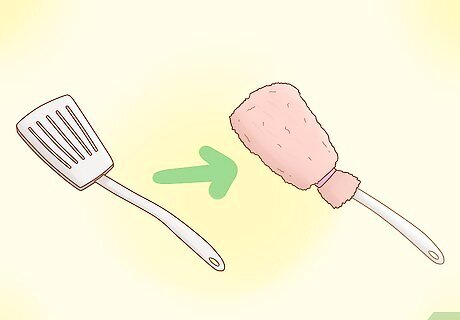
Wrap a coarse cloth around a spatula. If you're having trouble reaching your back, you can make a back scratcher with a coarse cloth and a spatula. Simply wrap a coarse cloth or rag around a spatula. If necessary, tie a rubber band around the rag to secure. You can use this device to scratch the middle of your back. One advantage of using a rag is that it may be gentler on your back than your fingernails or a conventional back scratcher. You can also apply anti-itch cream or moisturizer to the middle of your back by dabbing some on the rag before use.
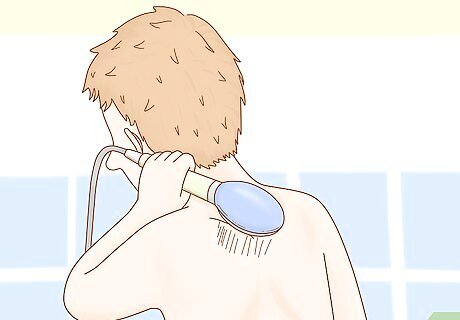
Use water in the shower. If you have a removable nozzle in your shower, you can use this to scratch your back. Turn the water on a high pressure setting and spray the itchy area on your back. This may alleviate some of the itch. Cold water can actually help alleviate itch, so consider turning the water down to a cooler setting before spraying down your back.

Scratch your back against a rough surface. If a handheld backscratcher isn't cutting it, you can scratch your back against a rough surface. For example, scratch your back against a bumpy wall, a tree, the carpet, the corner of a wall, and so on. This should help alleviate some of your back itch. Be careful when using this method. If you're scratching your back outside, keep your clothing on to avoid exposing yourself to any bacteria or toxins. A brick wall of a building, for example, can be incredibly dirty.

Use a hairbrush. You can also use a hairbrush to scratch your back. A paddle brush may work best as its design is somewhat similar to a back scratcher. Simply grab the handle of a brush, place the brush behind your back, and maneuver the hairbrush until you scratch your itch. If your back is sweaty, you may want to rinse out the hairbrush if you used it on bare skin. If you're using someone else's hairbrush, make sure to ask them first.
Using Your Nails
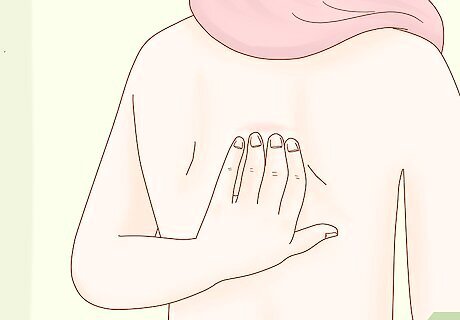
Try to reach the itch yourself. The easiest way to scratch your back is to simply try and do so yourself. You can do this by reaching one or two hands behind your back and trying to find the spot that itches. If the scratch is on your shoulders, lower back, or upper back, you may be able to scratch it on your own.

Do not scratch too hard. Be gentle when scratching. Vigorous scratching can break the skin, irritating it further. This can cause further itchiness down the road. Scratch your itch lightly, using gentle motions with your finger. It may be a good idea to trim your nails prior to scratching. If you begin to feel pain, stop scratching. Scratching can feel very satisfying, but you want to resist the urge to over-scratch the itch, as this can break the skin.
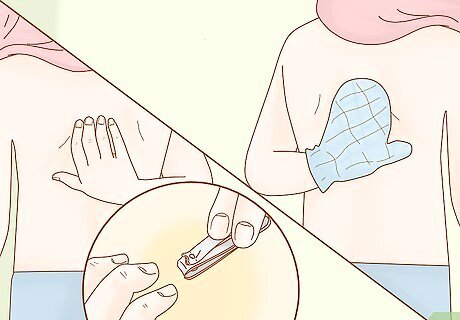
Minimize scratching. While scratching can be satisfying, you should avoid scratching your itch too frequently. Scratching at an itch too much will not alleviate the itch. If an infection or rash is causing the itch, this will actually make it worse. You can trim your nails very short or wear oven mitts to deter yourself from scratching an itch too deeply. Watch for signs of infection, like redness, swelling, scaling, or warmness around the infected area.
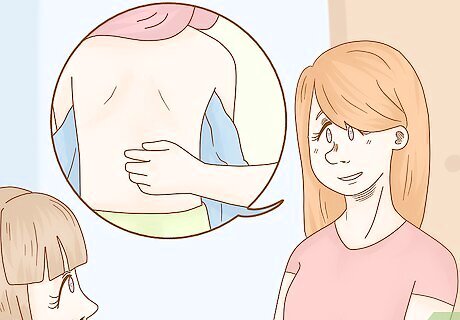
Ask a friend for help. An itch in the middle of your back may be difficult to reach alone. You can ask a friend, family member, or significant other to assist you. Ask that this person scratch your back for you and help direct them to where the itch is. Request that this person not scratch the itch too hard. You do not want to make the itchiness worse.
Eliminating Itch
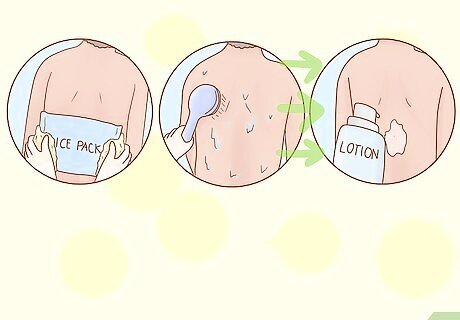
Use a cool, wet compress. Exposing an itch to cold temperatures is actually much more effective than scratching. Apply an ice pack, which you can buy at a local drugstore, to the itchy area. Make sure never to touch your bare skin with a ice pack. Cover it with a cloth or paper towel before applying it to your skin. If you can't reach the itchy spot, consider taking a cold bath or shower. Follow up with a moisturizing lotion.
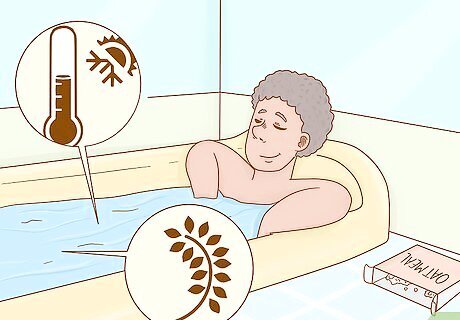
Take an oatmeal bath. Oatmeal can help alleviate itch for many. Fill a tub with lukewarm water and sprinkle about a handful of oatmeal into the water. For the best effects, grind the oatmeal in the blender ahead of time. You can also purchase colloidal oatmeal, finely ground oatmeal specifically sold for oatmeal baths, at a local drugstore or beauty shop. Soak for about 20 minutes.

Be careful with products that have contact with your skin. Soaps, perfumes, laundry detergents, and shampoos can all cause skin irritation. This can lead to itching. Go for mild soap and detergents and, when possible, unscented varieties. See if this results in less itchiness.
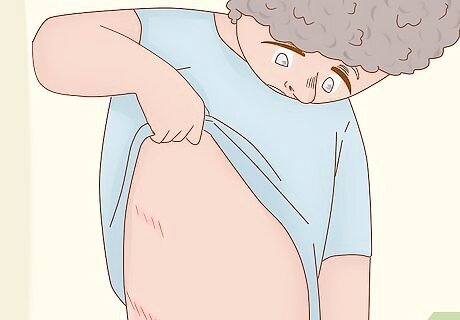
Watch out for an allergic reaction. If you notice itchiness, warmness, redness, or swelling after using a new skin care product, cease use immediately. You may be having an allergic reaction. Hopefully, the reaction will clear up on its own. If symptoms persist after a few days, or get worse, seek medical care. Scratching an itch can usually make it worse, but especially so if you have an allergic reaction. Make sure you avoid scratching your back if you suspect you're experiencing allergies.










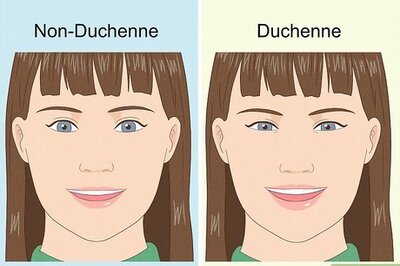



Comments
0 comment